25/11/21
Flashback: The Leica IIIf
In modern system cameras, the light intensity is measured through the lens, flash sync speeds are rated in mere fractions of a second, and distance metering is applied to the flash. Today’s photographers take these largely automated processes for granted. And yet, this level of convenience has only been available since the 1950s – or, more precisely: since the introduction of the Leica IIIf.
There was a time when flash photography required both proficiency and expertise: firing a flash on a camera equipped with a modern focal plane shutter was a skilled practice – and one that tended to produce a considerable amount of waste. Imprecise synchronisation (or the failure of the shutter curtains to fully open at the exact moment the flash went off) frequently resulted in incorrectly exposed, non-homogenous images. When the Leica IIIf was introduced in 1950, it was not just a technological milestone, but also a game-changer in practical photography. Flashbulbs, as well as electronic flashes, could be synchronised with the new camera’s shutter with pinpoint accuracy.
To paraphrase Erwin Puts,
author of the volume Leica Chronicle (2012):
the Leica IIIf is interesting to collectors from both a technical and culture-historical point of view

A Leica IIIf in the classic Leica shipping box, complete with verification seal to indicate full end-of-production quality control.

A Leica IIIf in the classic Leica shipping box, complete with verification seal to indicate full end-of-production quality control.
By today’s standards, flash photography with the Leica IIIf was, of course, still far from straightforward. However, the camera marked the first time photographers experienced a healthy balance between effort and reward – even without the array of external accessories they had previously needed. In fact, the Leica IIIf is considered the earliest camera model whose flash functionality is still perfectly sufficient for modern-day use. On his online platform kenrockwell.com, Ken Rockwell praises the compactness and quiet operation of the Leica IIIf, as well as the ‘non-threatening’ effect its diminutive size has on his subjects: its understated appearance, the photographer explains, allows him to take pictures in situations where a large DSLR would elicit a much more guarded response. Rockwell even draws a favourable comparison between the Leica IIIf and the digital M9. Nevertheless, the operation of this vintage camera inevitably requires more attention:
Consider the Leica IIIf for careful nature, travel and landscape photography, but a Leica M3 is a much better choice if you’re traveling with people who won’t wait for you to make all the settings for each snapshot.
At the time of its release, Rockwell explains, the Leica IIIf was the most extraordinary camera ever developed – and this was reflected in its popularity. The IIIf was offered at the same retail price as its predecessor (USD 3,400 in today’s money), yet its operation exceeded all expectations. In Rockwell’s view, its devotees see the IIIf as the embodiment of Oskar Barnack’s vision – the very definition of what “the Creator of modern photography” would have wanted. “Anything newer, like parallax correction or levers instead of knobs for film transport, is needless frivolity.”
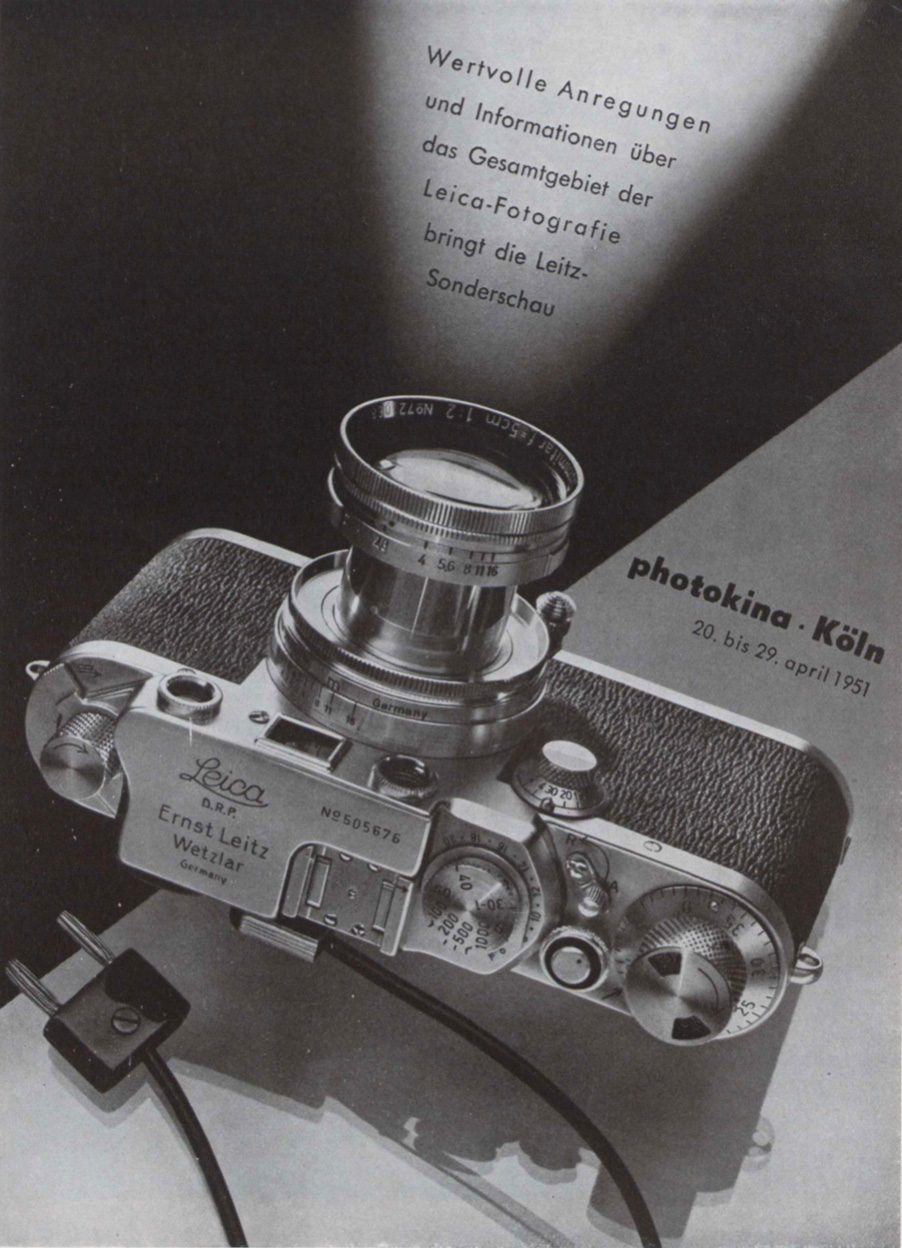
From April 20 to 29, 1951, Leitz held a special presentation at the Photokina expo in Cologne, providing valuable suggestions for shooting with the Leica IIIf.
In order to understand the Leica IIIf within the context of 1950s camera technology, we looked at some reports published in Leica Fotografie at the time. “Long Awaited – Finally Here” is the headline of the first article on the IIIf, featured in the November/December issue of 1950. It is well known, the author explains, that flash synchronisation is much more difficult to achieve in cameras with a focal plane shutter, compared to box cameras (in which the function was introduced a little earlier). Such fundamental changes to the camera, he continues, must be implemented in the most meticulous manner – a task in which Leitz certainly succeeded. The tiny flash socket on the rear of the camera is cited as the most noticeable difference to its predecessor. The article goes on to describe the new synchroniser dial: using a provided chart, the photographer selects the appropriate value in accordance with the desired shutter speed and the attached flash unit. The latter plays an important role – in fact, Leica Chronicle author Erwin Puts goes as far as recommending that, when setting the synchroniser dial, the characteristics of the flash unit warrant greater consideration than the intended shutter speed.
As for the Leica IIIf’s performance: in 1951, Leica Fotografie wrote that “the trigger contact is generated mechanically via the so-called fast speed dial, which rotates with the curtain drum.” The introduction of built-in flash synchronisation in the Leica IIIf significantly expanded the creative scope for amateur and professional photographers alike. All of a sudden, correctly exposed flash photographs could be reliably achieved in a variety of situations – be it at night, in available-light conditions, or in interior spaces: thanks to this new technology, it was possible to brighten shadow areas and even-out excessive contrasts to produce consistently high-quality results.
The Leica IIIf was manufactured and sold from 1950 to 1957.
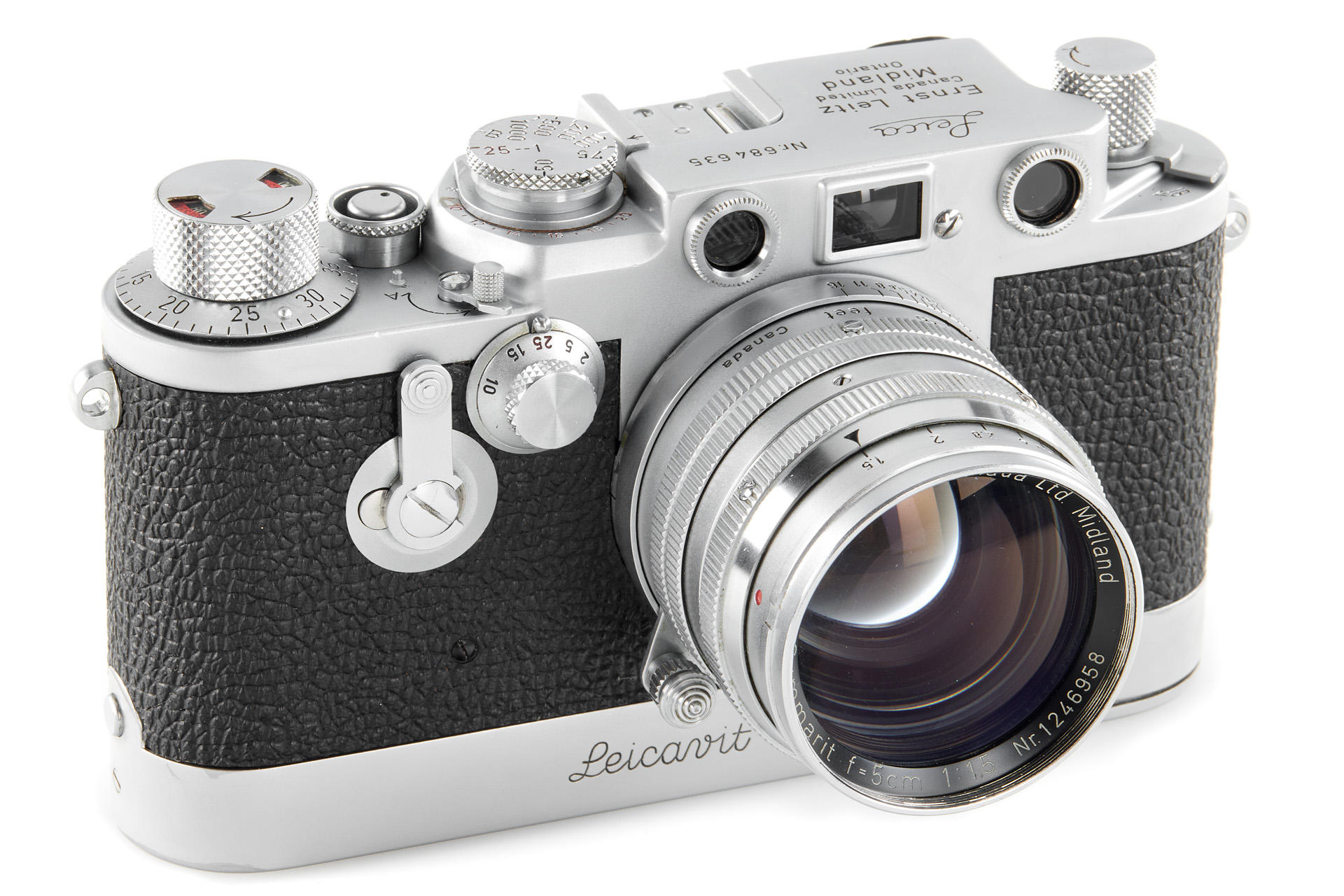
A total of 5,376 units of the Leica IIIf were manufactured in Midland, Canada, between 1952 and 1956.
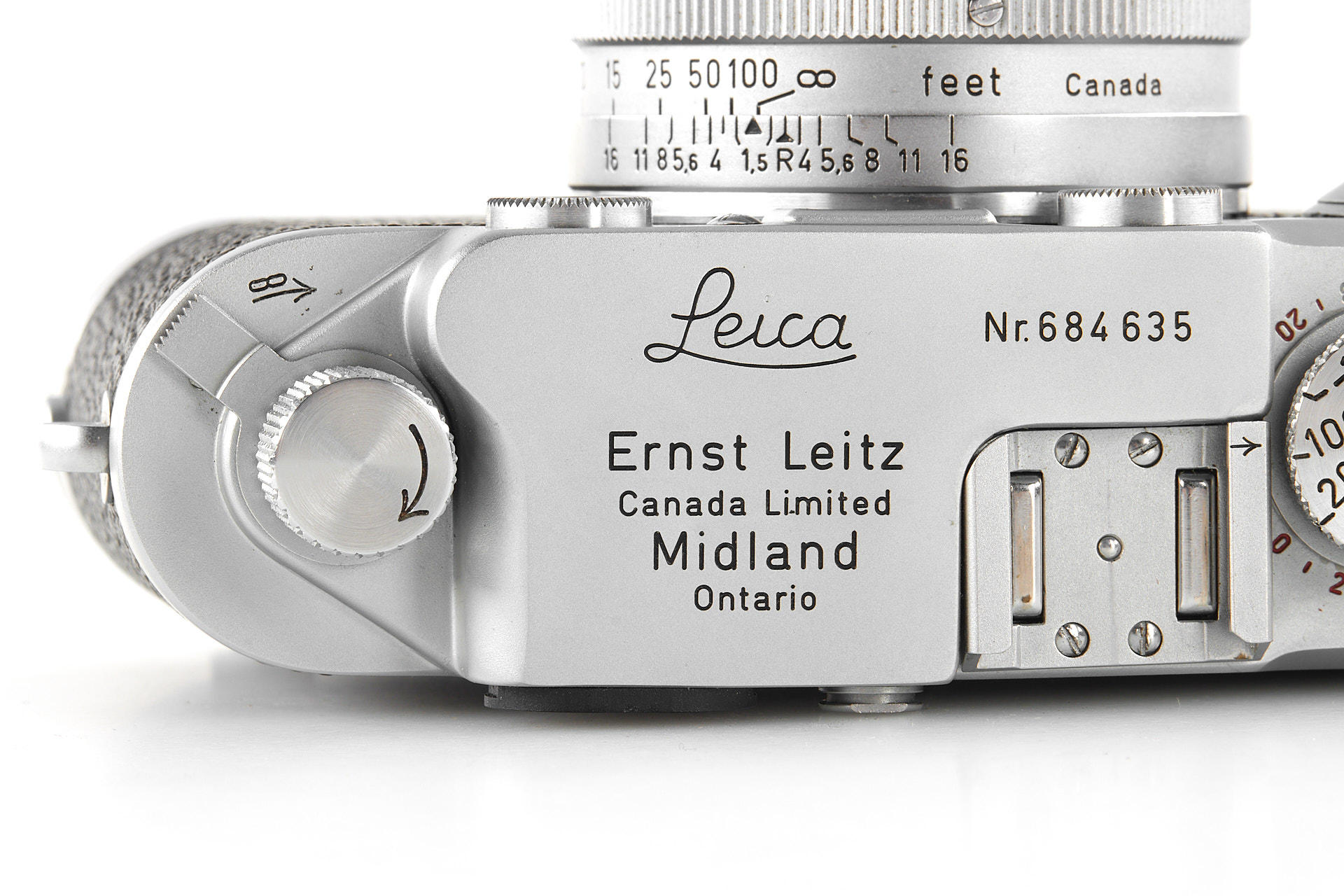
Records show that Leitz initially produced 70,000 units featuring black contact numbers on the synchroniser dial, followed by 53,000 units with red contact numbers. Between 1954 and 1957, another 53,733 units of the IIIf were made with a self timer. An additional 5,367 units were manufactured in Midland, Canada, between 1952 and 1956 – despite the fact that the M3 became available in 1954.
36th Leitz Photographica Auction
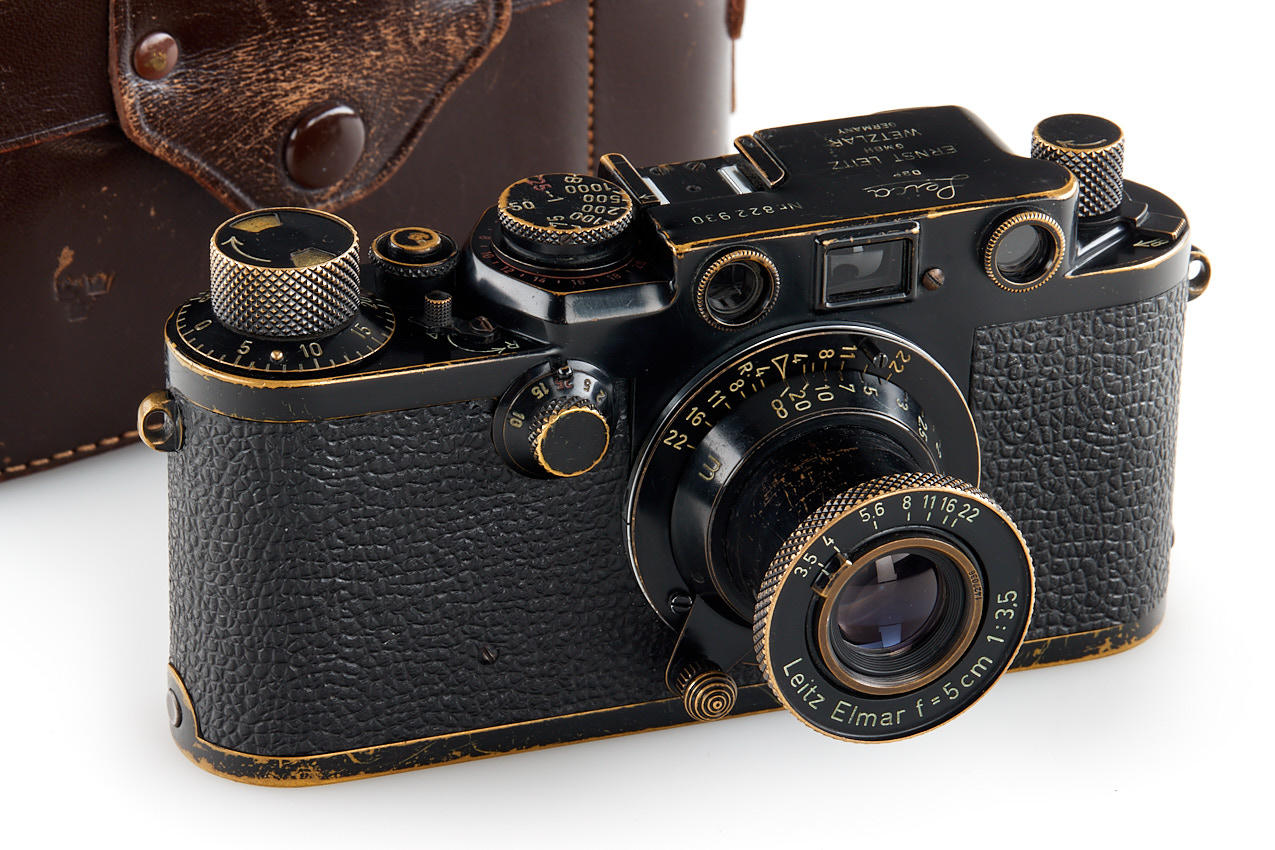
Another IIIf rarity is the black paint variant, which was produced for the Swedish Army in a run of less than 100 units; three crowns, symbolising the Kingdom of Sweden, were engraved on the back of each camera, as well as on the Elmar 5cm f/2.8 lenses that came with them. Leitz also manufactured a black paint variant of the IIIf’s successor, the Leica IIIg: the cameras, which were once again delivered to the Swedish Army, had a production run of just 125 units.
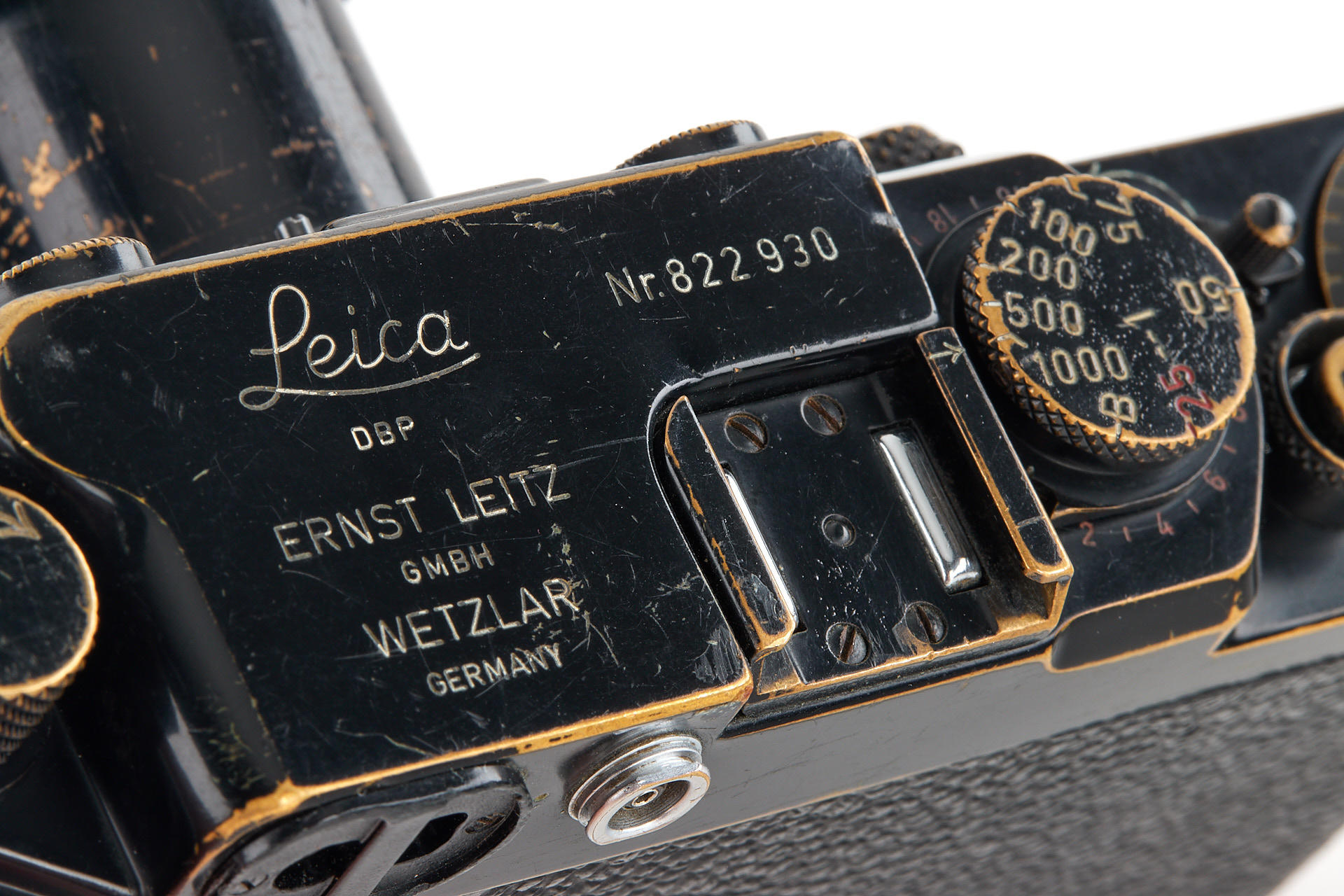
A Leica IIIf model (serial number 822930) with the characteristic patina of the black paint variant.
In June 2020, a Leica IIIg Black Paint sold at the 36th Leitz Photographica Auction for € 55,000 (excl. buyer’s premium).
Similarly, a Leica IIIf Red Dial from 1952 went under the hammer in November 2018 for € 3,360 (incl. premium) – three times the estimated auction price.
Both examples clearly illustrate the continuing appeal of Leica III models, and show how highly valued these exceptional cameras are today.
Photos: Leica Camera / Leitz Photographica Auction
Text: Tobias F. Habura-Stern / LFI Leica Fotografie International
